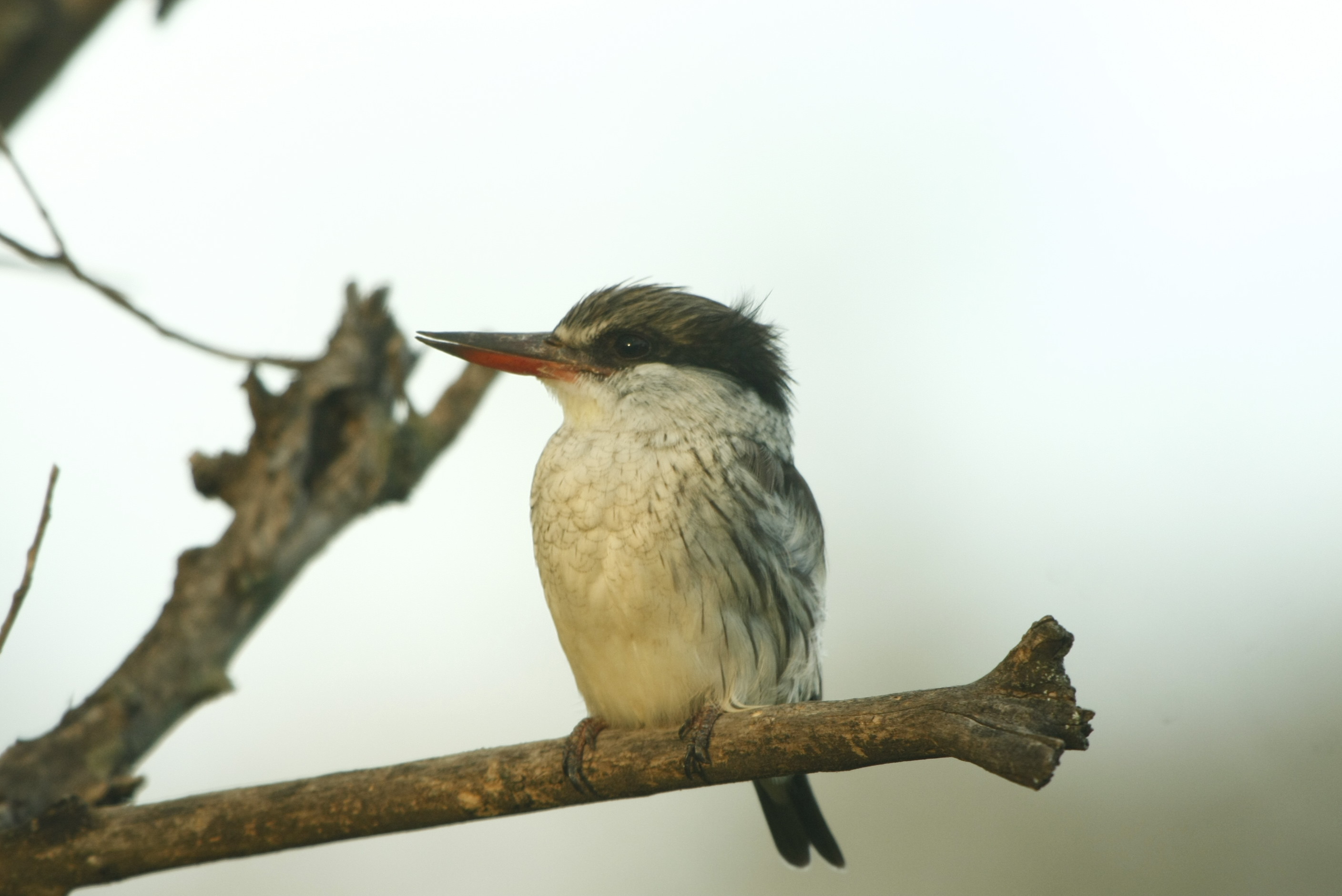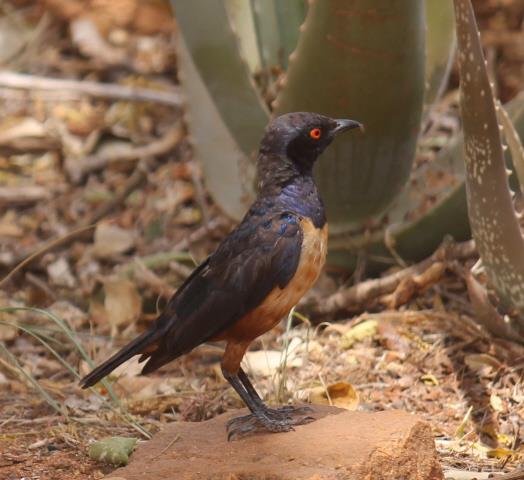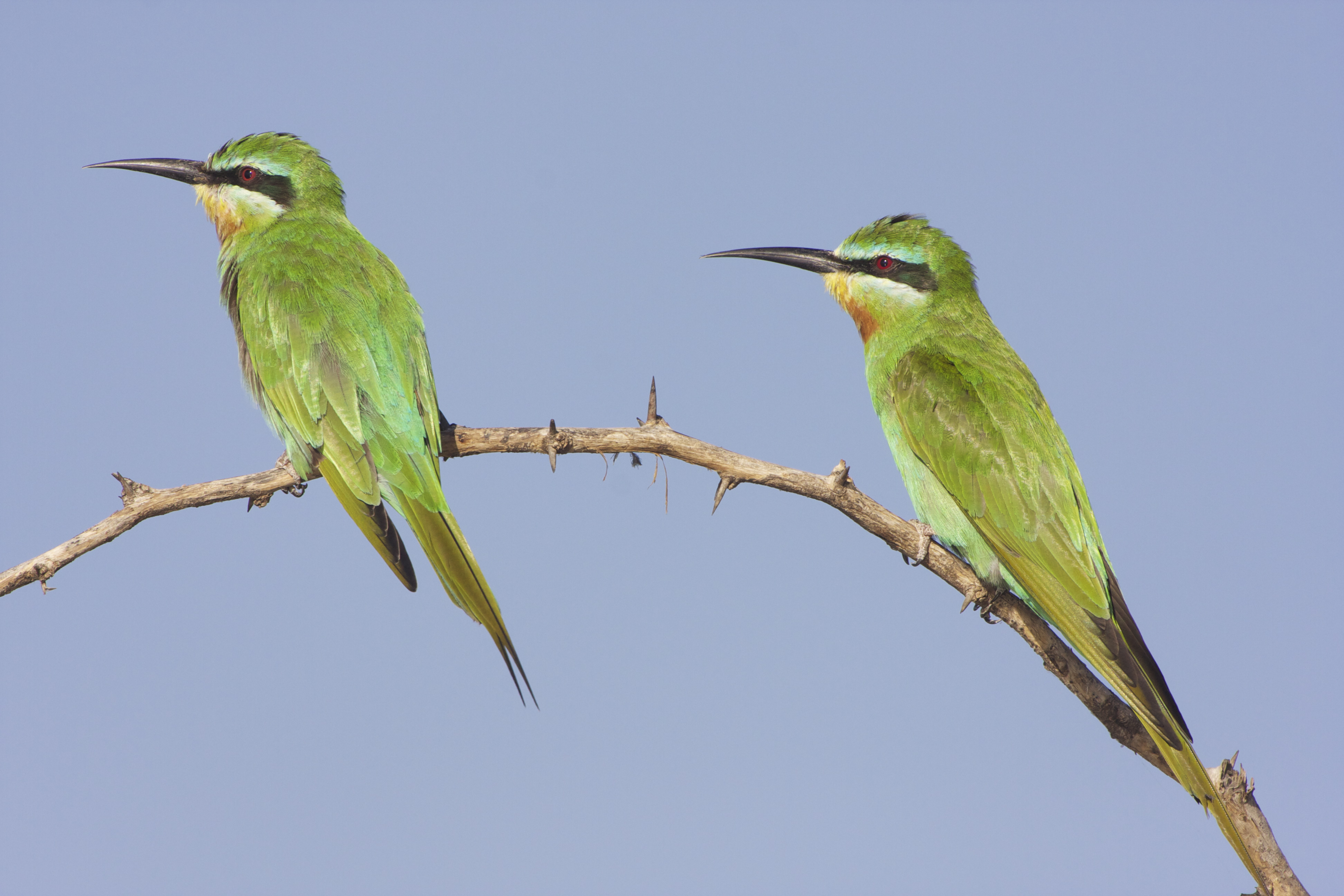
Given the array of color presented by the male’s plumage the name seems appropriate: a pair of yellow bands on either side of a red chest, green on head and back, blue on the lower back and black on the belly and tail. The females are plumaged instead to be inconspicuous and safer from predators: yellowish chest and belly with gray-brown back. Beautiful sunbirds take flower nectar and insects as food. It is a very common species in arid and semi-arid regions of Kenya especially Samburu, Tsavo West,Lake Baringo and Amboseli.
They generally frequent flowering plants and therefore provide necessary conditions for photography.










